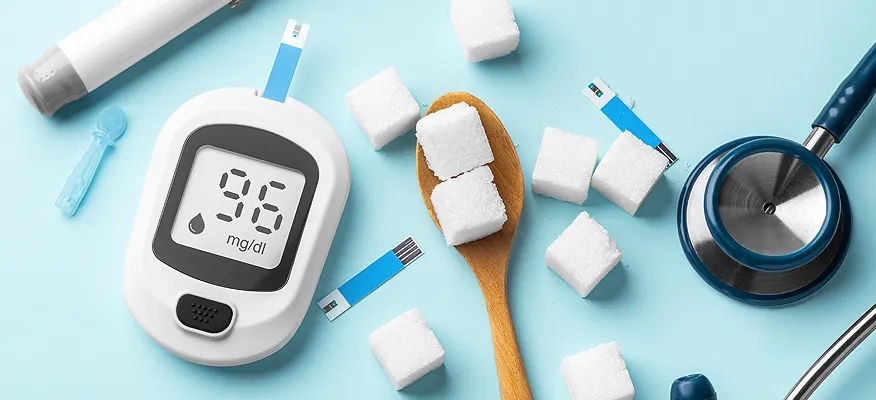Steps to Victory: A Complete Guide on How to Reverse Diabetes
- By Dr Adwoa Agyei-Nkansah
- 22 Nov 2024
- Verified by Dr. Dovbakh Olga Dmitrivna

Key highlights or summary
- Learn about type 2 diabetes and how it affects the body.
- Understand how dietary changes can help manage blood sugar levels.
- Learn the role of exercise and weight management in reversing diabetes.
- Discover the benefits of stress management and good sleep habits in insulin sensitivity.
- Understand the role of medical interventions in extreme cases of diabetes.
- Learn tips for maintaining healthy lifestyle changes long-term.
Rate our article
We'd love to know!
- 0
- 0
- 0
- 0
Related articles
See AllFrequently asked questions
Get the information you need.
Type 2 diabetes can be reversed, but it takes commitment and an effective plan. The goal is to reverse insulin resistance, a key factor in type 2 diabetes, through a combination of diet, exercise, and weight loss. A low-carb or keto diet has proven to be quite effective. Additionally, moderate exercise aids in maintaining healthy blood sugar levels.
While mango leaves have been traditionally used in some cultures for their potential health benefits, they aren't a standalone cure for diabetes. Regular monitoring of your blood glucose levels, adhering to a prediabetes diet if needed, and regular physical activity are the most effective strategies for managing diabetes.
Yes, early detection increases the chances of reversing diabetes. In the early stages of diabetes or prediabetes, lifestyle changes such as adopting a healthy diet and regular exercise regimen can bring about diabetes remission or even reverse the condition entirely. It's essential to understand the stages of diabetes to track your progress effectively.
Unintended weight loss in diabetes can occur due to the body's inability to properly utilize glucose for energy. Instead, it starts burning fat and muscle for energy, leading to weight loss. However, a planned weight loss and diabetes reversal program can help manage your blood sugar levels better.
Unfortunately, once damage has occurred due to diabetic retinopathy, it cannot be reversed completely. However, a healthy diet rich in leafy greens, fatty fish and whole grains - sometimes referred to as the reverse diabetic retinopathy diet - along with adequate blood sugar management can slow down its progression and reduce further damage.
How was the experience with article?
We'd love to know!